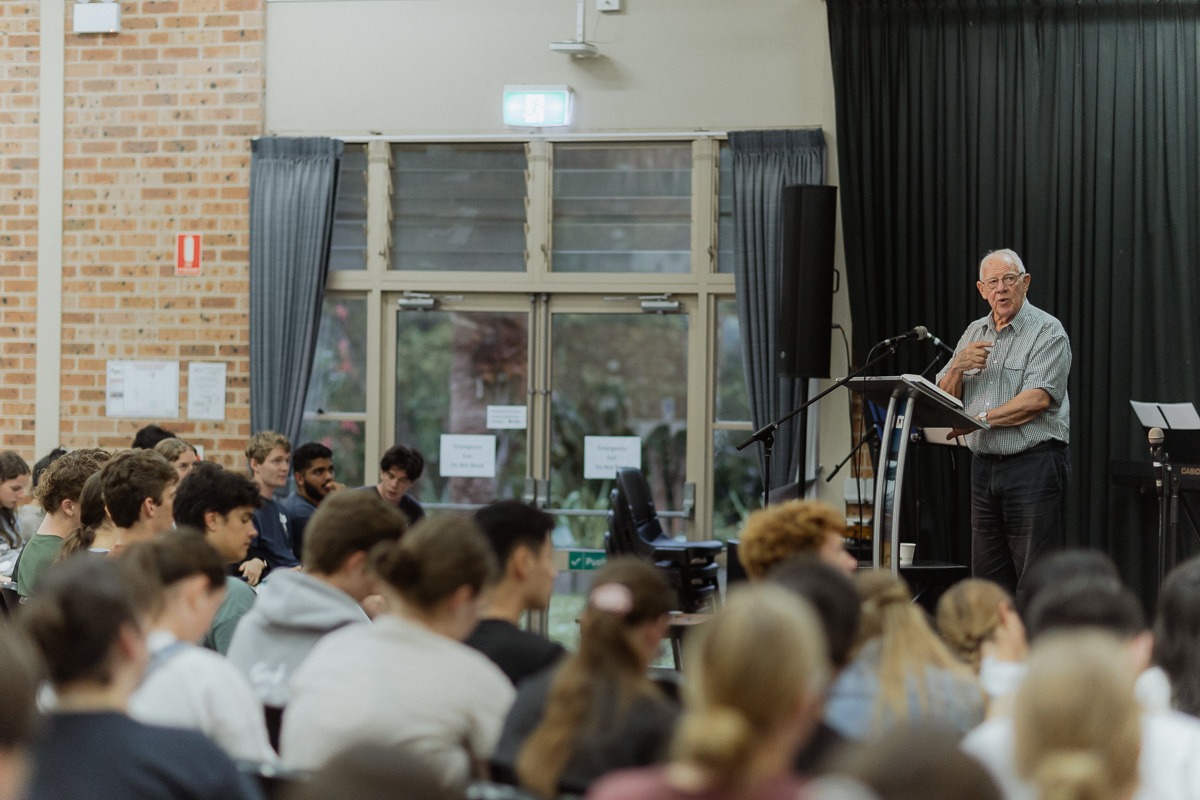Of all the kings and queens of England – Henry VIII stands out as the most famous and infamous – loved and hated. Others like the Queens, Elizabeth I, Victoria and now Elizabeth II – reigned longer, over more prosperous and impressive times. But Henry VIII, the Renascence man of learning, music, physical prowess and art, with his many wives, his larger than life persona and his tumultuous life seems to capture the public imagination more than any other.
Henry’s acquisition of the title “Defender of the Faith” came from his writing against Luther and the new Biblical faith of the reformation. During his reign many people were executed for their Biblical faith. Henry was personally involved in the pursuit, capture, imprisonment and barbaric execution of the great Bible translator William Tyndale. Tyndale died with the prayer on his lips: “Open the King of England’s eyes”.
Yet through his trouble domestic life, Henry made the political break with the Pope that enabled the reformers of England not only to exist in some degree of freedom but also to move into positions of political and ecclesiastical power.
It was under the influence of these reformers that Henry gave direction to print the Bible in English, and that a copy of it be set up in each Parish church at the king’s expense. It was called the Great Bible. While it had some editorial work and alterations, it was substantially the translation of William Tyndale.
In 1953, the parish council of St Andrew’s, Barnwell decided that in gratitude for the Australian generosity to post-war restoration of Britain, they would donate their copy of the Great Bible to St Andrew’s Cathedral in Sydney. The copy of the Great Bible has resided here since then, at present kept in storage.
However, this Bible is such an important symbol of our heritage that we are about to put it on display again. It was the publication of the Bible in English that enabled the British people to hear the word of God. There are hardly any more important points in English history. It was a central part of the culture that we inherit as Australians. It is the central part of our culture as the Anglican Church. It is the central symbol of why the church gathers – to hear the word of God.

